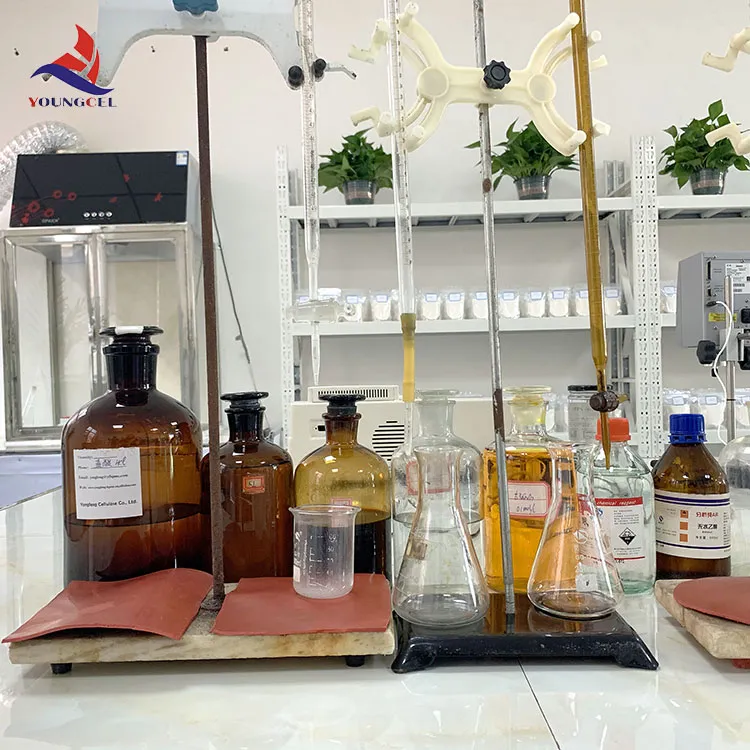Understanding Redispersible Polymer Powder (RDP) A Comprehensive Overview
Redispersible Polymer Powder (RDP) has become an increasingly vital component in various industries, particularly in construction, adhesives, coatings, and paints. This versatile material is known for enhancing the performance of building materials by improving adhesion, flexibility, and water resistance. In this article, we delve into the fundamentals of RDP, its applications, advantages, and factors influencing its use.
What is Redispersible Polymer Powder?
RDP is a dry, free-flowing powder that is derived from a two-step process involving the spray drying of polymer emulsions. These emulsions typically consist of vinyl acetate, ethylene, styrenes, or acrylics. When mixed with water, RDP redistributes back into an emulsion, allowing it to boost the performance of construction materials and coatings. This unique characteristic makes RDP an essential additive, particularly for dry mix mortar, tile adhesives, and other construction applications.
Applications of RDP
RDP is employed in various applications, including
1. Dry Mix Mortars RDP enhances the workability, adhesion, and flexibility of dry mix mortars used in bricklaying and plastering. Its ability to improve the adhesion to substrates, especially in areas subject to thermal movement, is crucial for structural integrity.
2. Tile Adhesives In tile installation, RDP aids in providing high initial adhesion and excellent water resistance, ensuring that tiles remain securely bonded despite exposure to moisture.
3. Gypsum Plasters When mixed with gypsum plasters, RDP can significantly improve flexibility, making the plasters less prone to cracking.
4. Exterior Insulation and Finish Systems (EIFS) In these systems, RDP provides better adhesion and moisture resistance, crucial for maintaining the integrity of the insulation and protective coatings.
5. Coatings and Paints RDP is utilized in a variety of paints and coatings formulations to enhance property profiles like water resistance, film formation, and durability.
Advantages of Using RDP
The integration of RDP into formulations brings numerous benefits
redispersible polymer powder vaerdp

- Improved Adhesion RDP enhances adhesion to a wide range of substrates, which is particularly important in applications where bonding strength is critical.
- Flexibility and Elasticity RDP contributes to the flexibility of the final product, accommodating substrate movements without cracking.
- Water Resistance Products formulated with RDP display higher resistance to water penetration, making them ideal for use in humid environments.
- Enhanced Workability RDP modifies the rheological properties of mixtures, improving workability and application.
- Cost-Effectiveness By improving the properties of formulations, RDP can reduce the amount of other more costly ingredients needed, leading to overall savings.
Factors Influencing RDP Performance
Several factors can affect the performance of RDP in formulations
1. Polymer Composition The type of polymer and its ratio will influence the final properties of the mixture, including adhesion, flexibility, and curing times.
2. Particle Size The particle size of the RDP can impact the distribution within the matrix and the subsequent performance.
3. Water Ratios The amount of water used during mixing plays a critical role in the re-dispersion and overall performance characteristics.
4. Environmental Conditions Temperature and humidity during application and curing can affect the performance of materials containing RDP.
Conclusion
Redispersible Polymer Powder is a transformative additive that has proven its efficacy across multiple construction and manufacturing sectors. By improving adhesion, flexibility, and water resistance, RDP enhances the performance of a variety of materials, from tile adhesives to decorative coatings. As the industry continues to evolve, the demand for RDP will likely increase, driving innovation and application in new areas of construction and materials science. Understanding its properties and optimal use will be essential for stakeholders aiming to enhance performance and durability in their products.
-
Rdp Powder: Key Considerations for Wholesalers in the Building Materials IndustryNewsJul.08,2025
-
Key Considerations for Wholesalers: Navigating the World of Hpmc - Based ProductsNewsJul.08,2025
-
Hpmc Detergent: Key Considerations for WholesalersNewsJul.08,2025
-
Key Considerations for Wholesalers: China Hpmc For Tile Adhesive, Coating Additives, Concrete Additives, and MoreNewsJul.08,2025
-
Crucial Considerations for Wholesalers: Navigating the World of Construction MaterialsNewsJul.08,2025
-
Key Considerations for Wholesalers Sourcing Additive For Cement, Additive For Concrete, Additive For Putty from Additive Manufacturer Shijiazhuang Gaocheng District Yongfeng Cellulose Co., Ltd.NewsJul.08,2025




